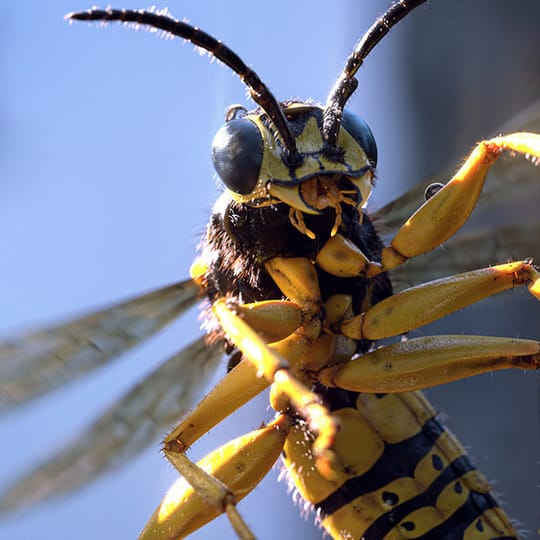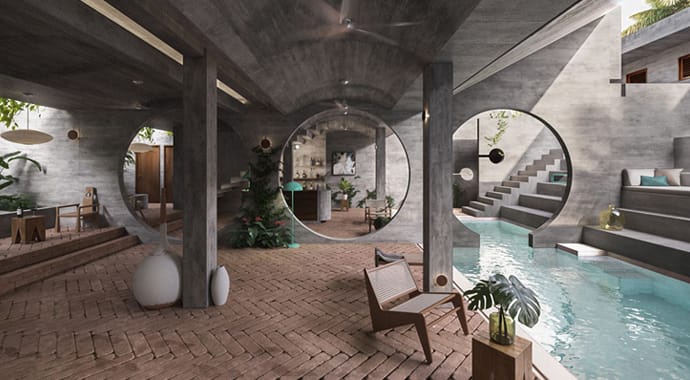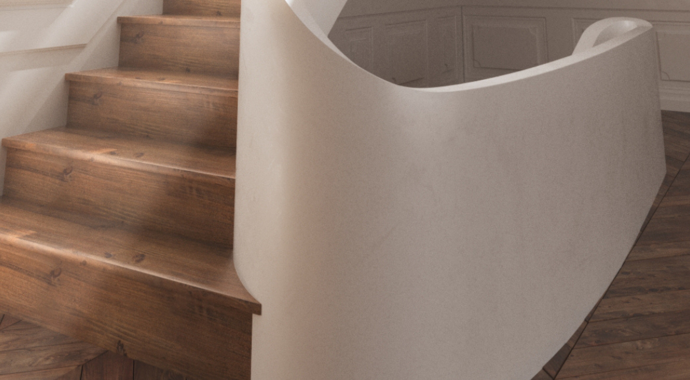Freelance 3D artist and Skyup Academy founder, Mauro Baldissera, shares what inspires him, his top work-from-home tips, and why he loves V-Ray for Maya for VFX.
Mauro Balissera is a freelance 3D artist based in a small town near Venice, Italy, and is the founder of Skyup Academy. At 42 years old, he’s now been working in the field of computer graphics for two decades, both in Italy and overseas. Over the past 20 years, Mauro has lent his hand to a variety of projects, including VFX for film, advertising, video games and music videos.
A key experience for Mauro was at Weta Digital where he worked as a modeler and 3D hair groomer; additionally, he served as a digital surfacing and texture artist for Animal Logic, and also worked as a 3D generalist at Method Studios. Now, in Italy, he focuses on his work as a freelance 3D generalist while teaching computer graphics to train the next generation of talent through his school, Skyup Academy.
We talk to Mauro about balancing his time between freelance work and teaching, the tools that help him to work smarter and faster, and how he stays creatively inspired with personal projects.
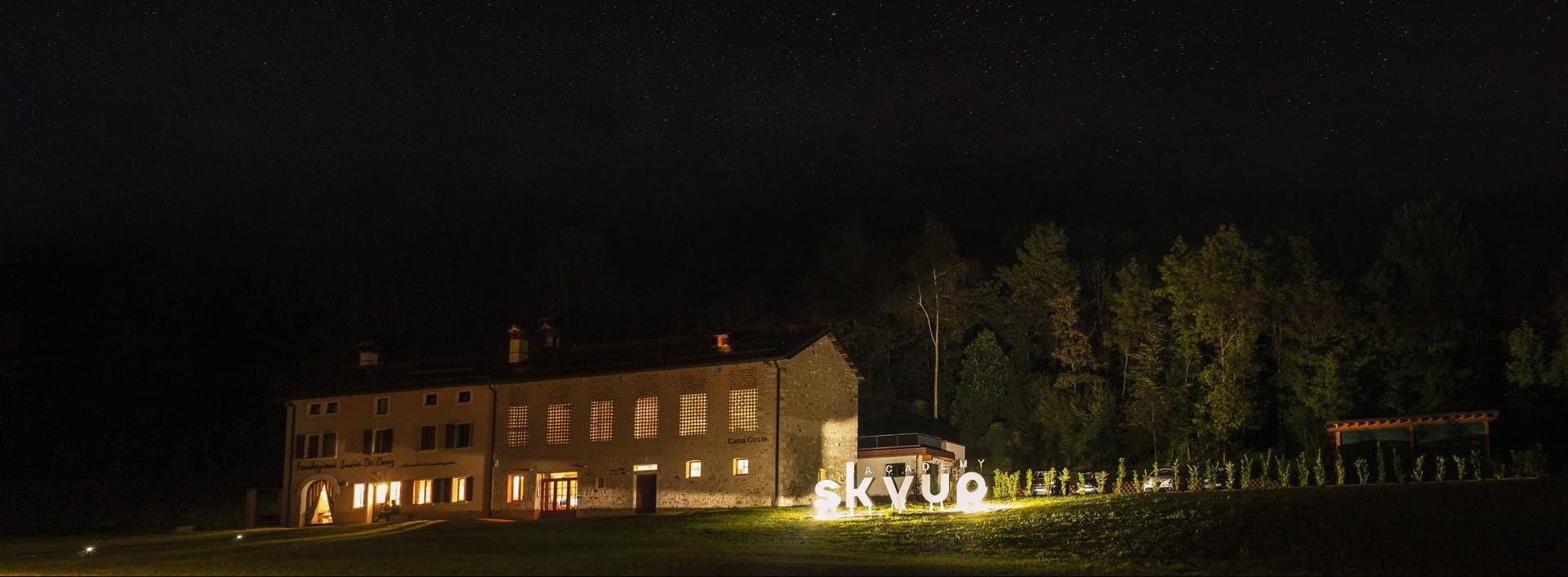
Chaos Group: How did Skyup Academy come to life?
Mauro Baldissera: I founded Skyup Academy, the computer graphics and cinema academy, almost 3 years ago, with the desire to convey my production experiences to young people. We have a location in Italy that’s surrounded by nature and students that come from afar can live on campus and study for 5 months full time.
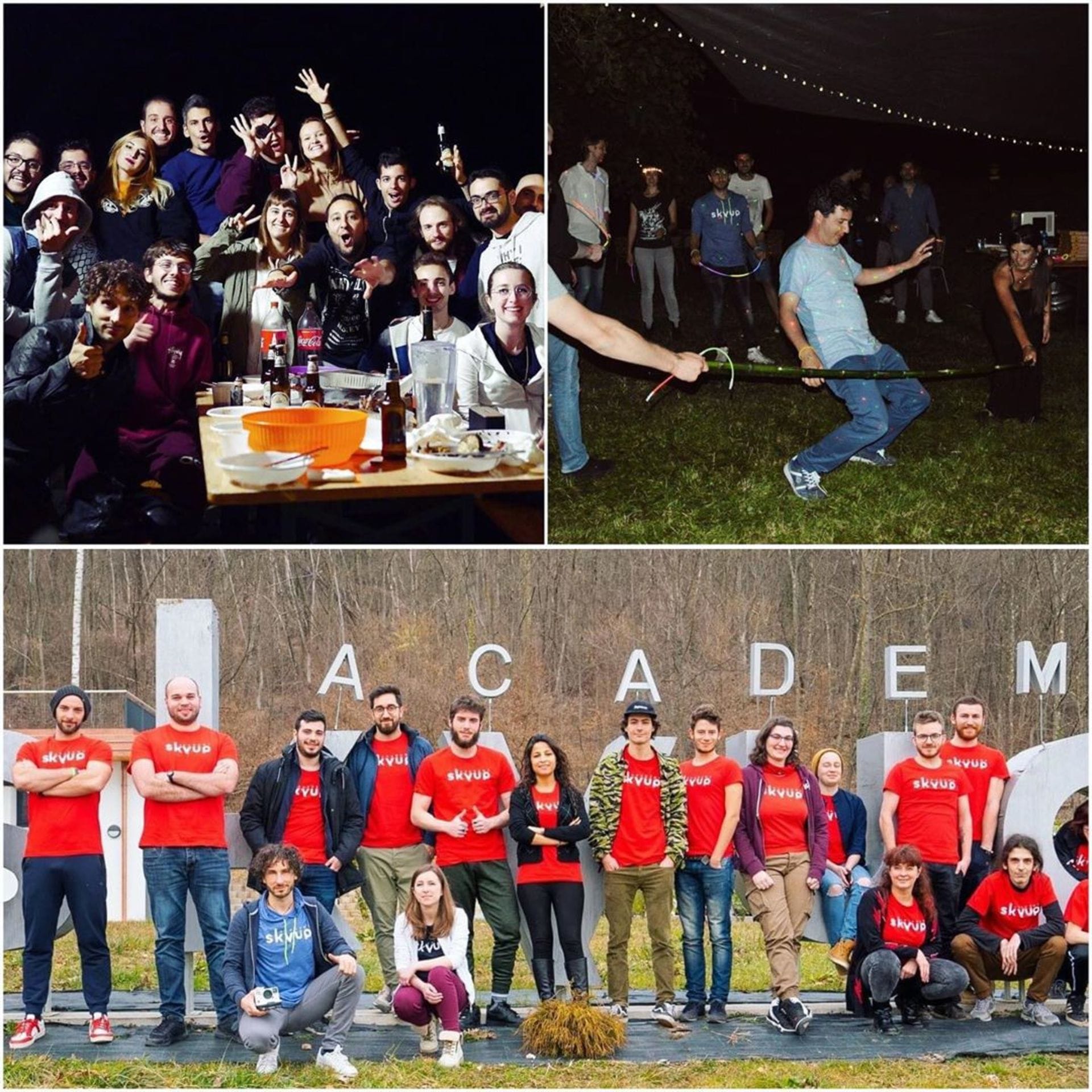
We chose V-Ray because it is flexible to use for all purposes; it is fast, stable and reliable. It has also been my favorite rendering engine for many years. And since V-Ray Next, it has been much easier to make students love V-Ray — they can now render Subsurface Scattering, hair, fur and displacement without limits or difficulties.”
Mauro Baldissera, Skyup Academy
CG: Can you talk a little about the Maya and V-Ray pipeline that you have chosen?
MB: Skyup Academy is an Autodesk ATC [Authorized Training Center] and we use Maya as the main 3D software because, in the video game and VFX sector, it is the most-used and requested program. We chose V-Ray because it is flexible to use for all purposes; it is fast, stable and reliable. It has also been my favorite rendering engine for many years. And since V-Ray Next, it has been much easier to make students love V-Ray — they can now render Subsurface Scattering, hair, fur and displacement without limits or difficulties.
CG: With many campuses closed this summer, can you offer any advice to students learning at home?
MB: Staying at home studying or working is not always good or for everyone, but we must try to make the best use of our time. My advice is to try to tease your curiosity to always nourish your desire to discover new things. A phrase that I love is this, by Albert Einstein: “The most beautiful thing we can experience is the mysterious. It is the source of all true art and science.”
CG: What is a normal workday like for you?
MB: I wake up at 6 AM, go to my emails and organize the day's tasks and commitments. At 7 AM, I wake up my children and get ready for school. At 9 AM, lessons begin at Skyup Academy.
When I'm not teaching, I take care of any projects that need to be developed with the students, as well as social media marketing for the school and any events and workshops that I organize.
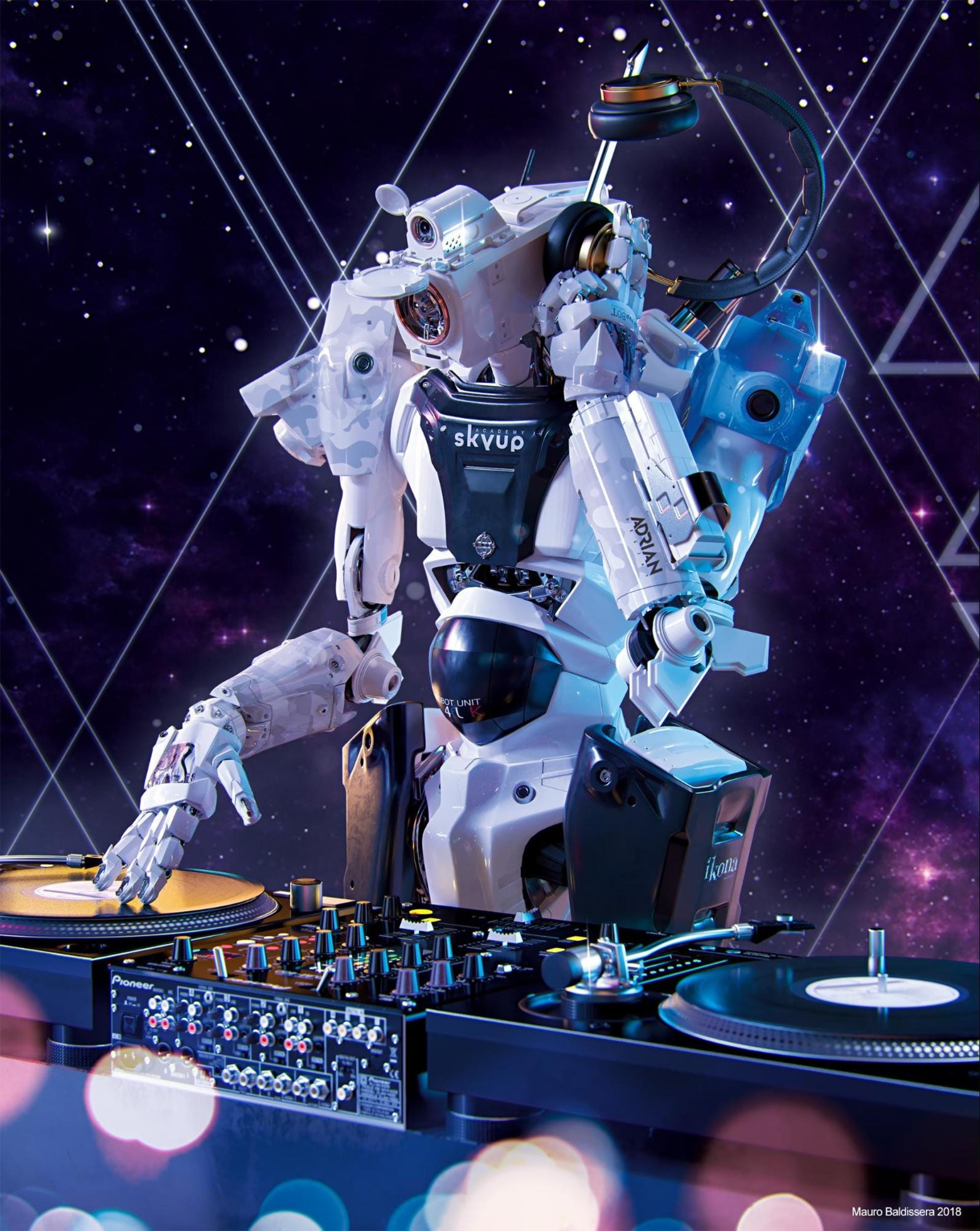
CG: How was the adjustment to working from home?
MB: Throughout my career, I have worked a lot from my personal office, which is fortunately not in my home where I live with my family. However, during this difficult period, due to COVID-19, I have had to work from home with my laptop. I was able to do this especially during the night when my children slept. It is very difficult for me to work from home, though, because if you are not alone, it is almost impossible to concentrate — especially if you have small children.
CG: What are your top tips for working from home?
MB:
- Program your tasks for the day.
- Dedicate a time limit to each task.
- Try to get sorted.
- If you have children, dedicate the best part of the day to them — when you have fewer thoughts.
- Do the most important things first.
CG: What keeps you inspired?
MB: My inspirations are people who have managed to do a lot for the community. Personally, I am fascinated by astronomy and space missions; this stimulates me — and I always try to sow the seeds of curiosity, even during lessons with my students.
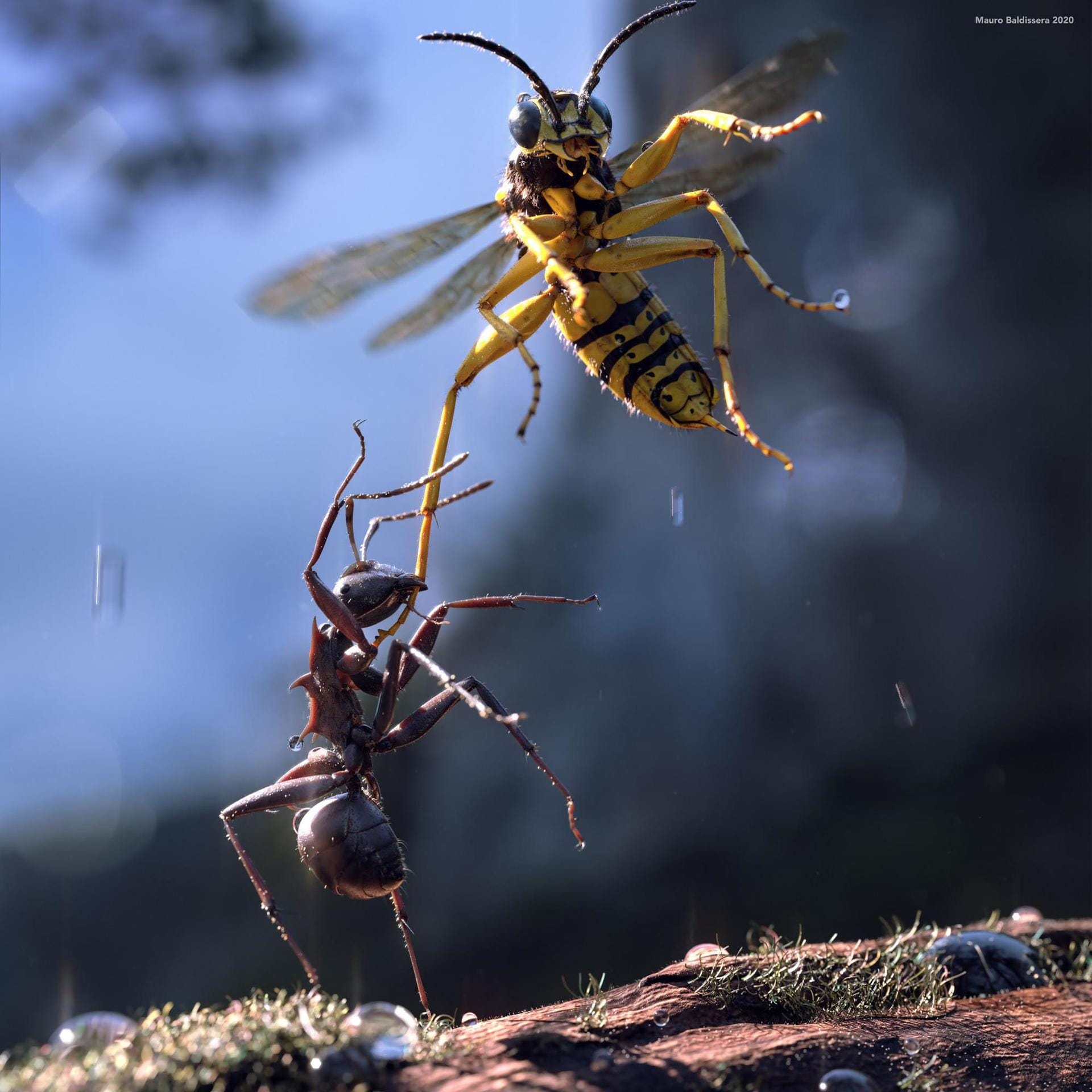
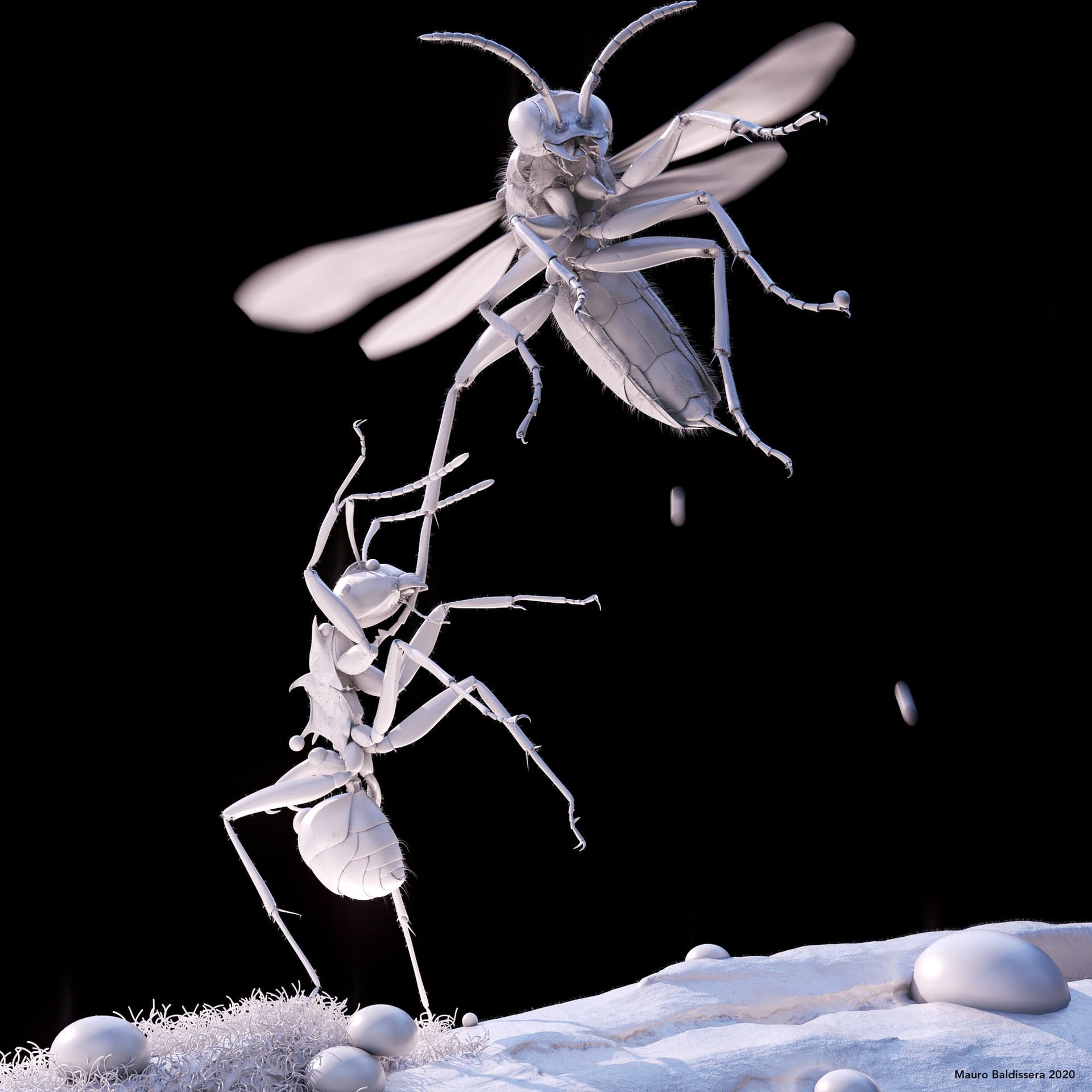
CG: Can you tell us about your most recent personal project, Bug Wars, Wasp vs. Ant?
MB: The original idea was born from a task designed for students in my class: Each student had to choose a scene between a predator and its prey in the insect world. Basic polygonal modeling was handled in Maya and ZBrush was used to refine the model and retopologize. The UVs and rigging work was done in Maya, and the diffuse color and the displacement and normal bump maps were created by 3D painting in ZBrush. Bump and roughness were generated within Maya using the very useful V-Ray Triplanar node.
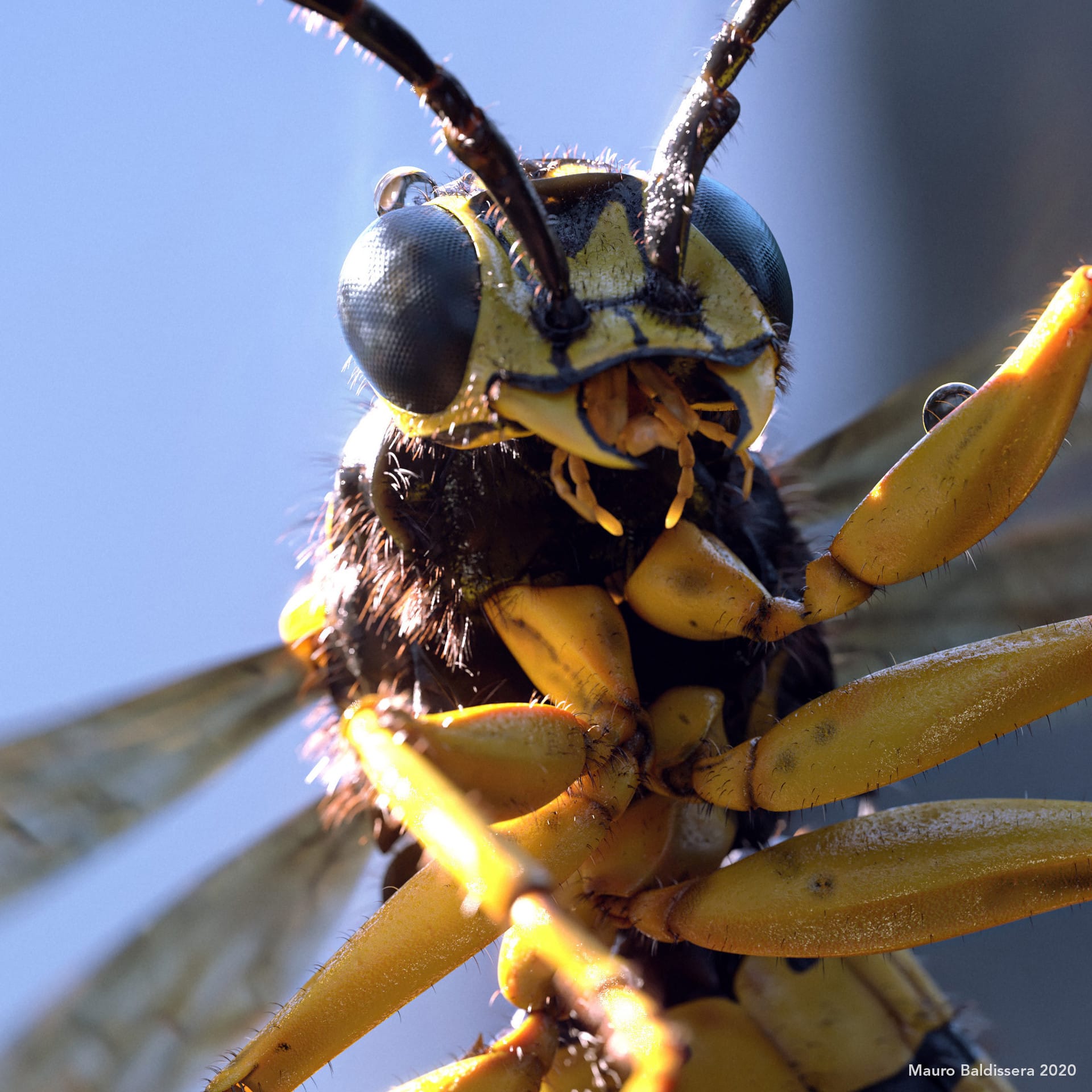
CG: What are the most important things to remember when trying to make 3D images look as realistic as possible?
MB: Personally, I don't look for realism; I don't like looking for it very much. I always see real things every day, so I prefer hyperrealism in 3D — where the colors are stronger and the shots are stranger, more forced.
An important thing that I immediately define during the initial blocking phase is the composition of the image and the characteristics of the camera that I use to make the render. During the advanced blocking phase, I begin to define the lighting in order to already do very fast tests. When I create a new material I first think of surfacing, I first describe the characteristics of displacement or bump, then I define its roughness by studying the references that I always take into consideration. And, finally, I think about the chromatic characteristics.
I am excited by the V-Ray Light Select Pass in V-Ray Next for Maya, which allows me to dose the light as I like during compositing.
I always use the "Debug Shading” toggle of the V-Ray Frame Buffer [in V-Ray Next for Maya] when I’m working on shaders and textures. You can isolate and see clearly every node, object or light and work very, very fast. "
Mauro Baldissera, Skyup Academy
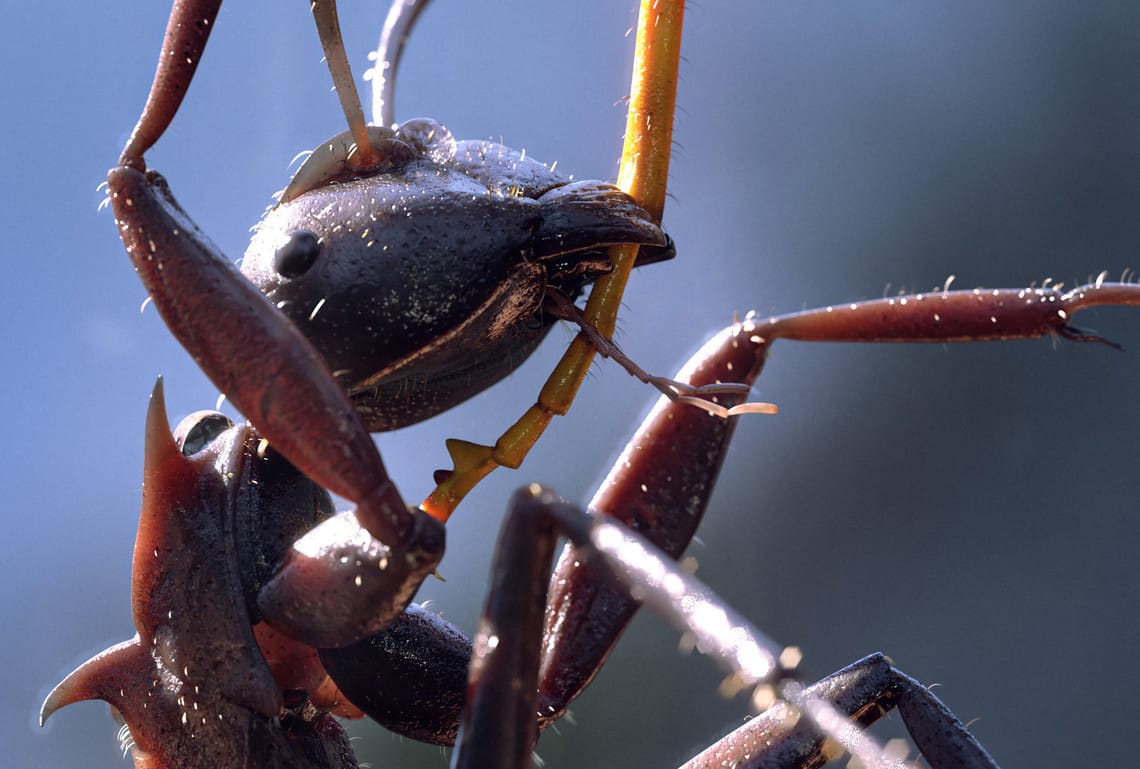
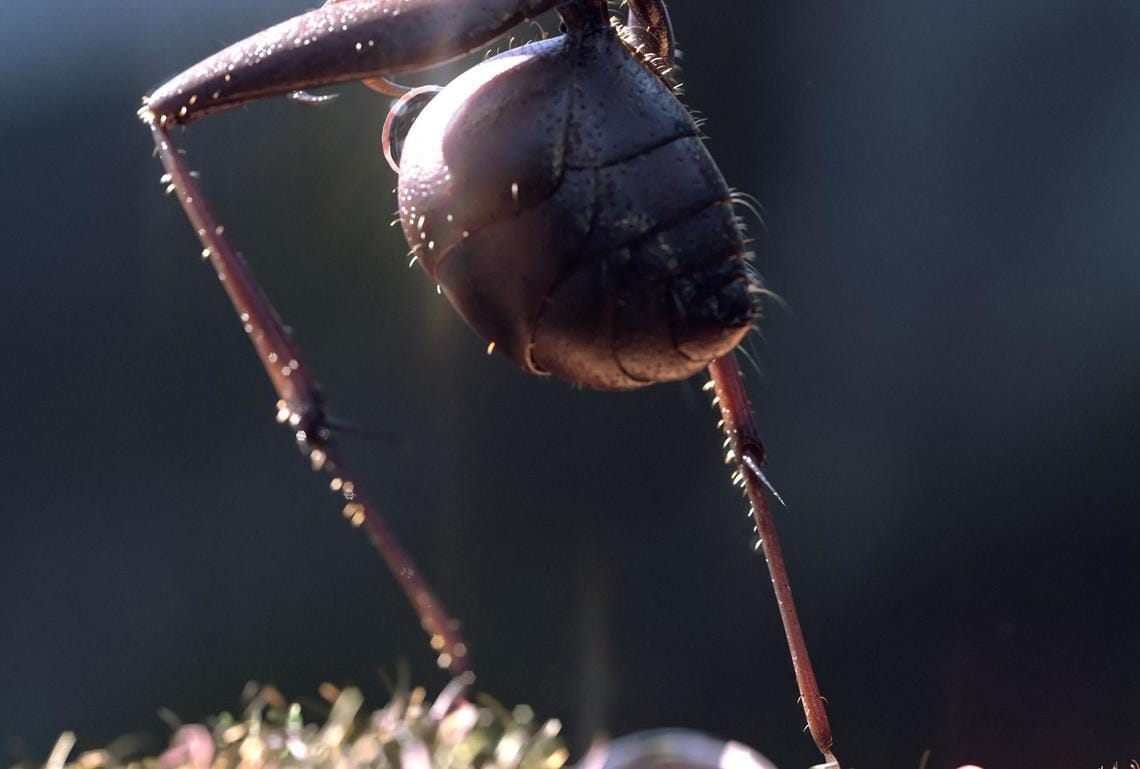
CG: Can you share your top V-Ray for Maya tips?
MB: My top tip — just one — is based on my love for V-Ray during the lookdev phase. I always use the "Debug Shading” toggle of the V-Ray Frame Buffer [in V-Ray Next for Maya] when I’m working on shaders and textures. You can isolate and see clearly every node, object or light and work very, very fast. It's awesome for my work. For me, it is the best tool. It's very handy during the lighting stage as well.
CG: Are you planning any other personal projects?
MB: In the next few years, I would like to create a community of new and very good Italian 3D artists who will bring CG production to my country. This is my dream.
The V-Ray Personal Learning Edition (PLE) for Maya helps new and self-taught artists take their time exploring the benefits of photorealistic rendering.
DOWNLOAD THE PLE


